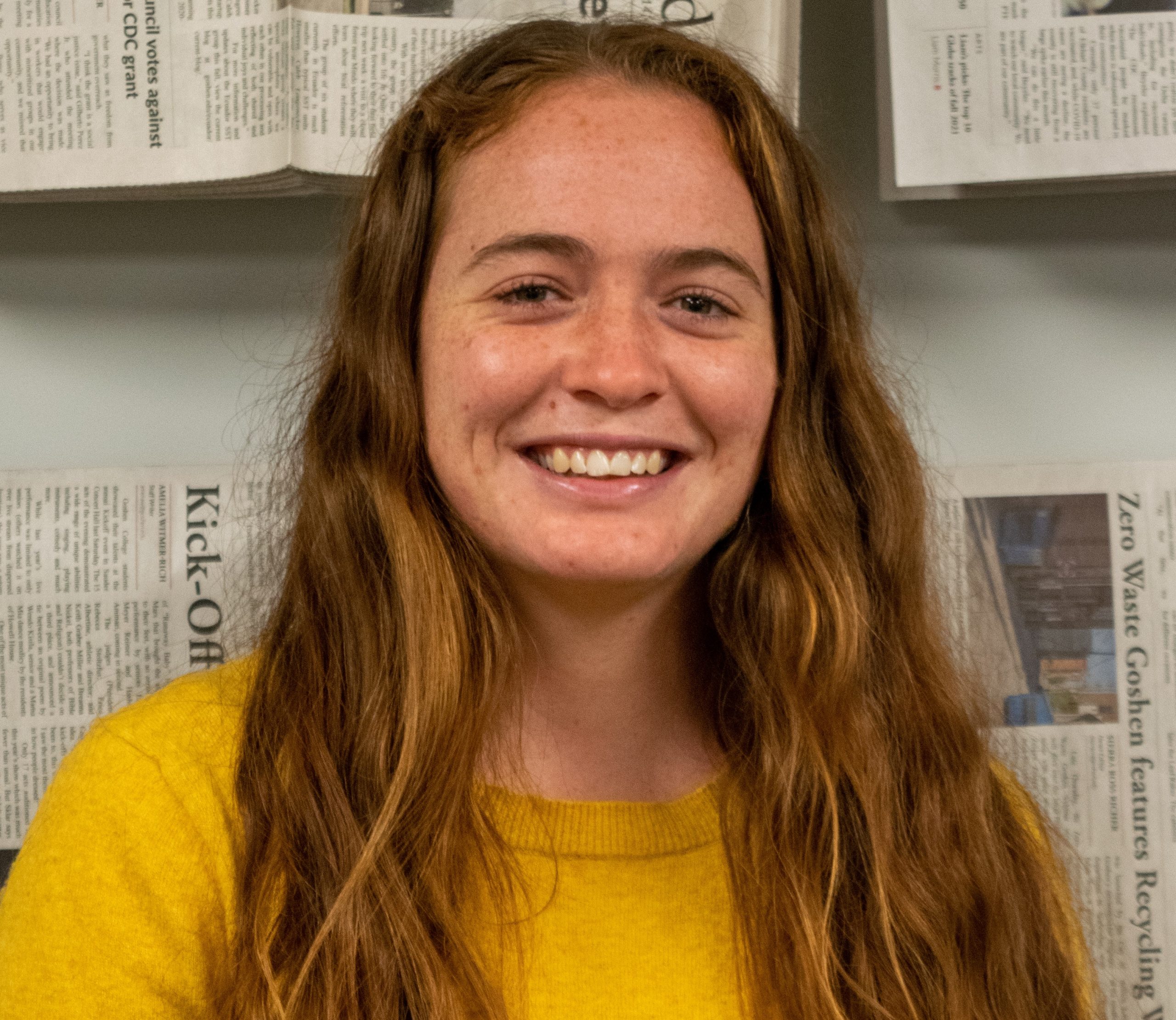Last year, 64% of Goshen College’s student body identified as female. But when I analyzed the gender of sources referenced in front-page articles of The Record, females made up only 54%.
This is an improvement over eight years ago when only 45% of sources were female (that year the student body was 60% female). Since then, Goshen College has appointed a female president, and the presidential cabinet has gone from being 20% female to 75%.Still, the numbers are clear: females aren’t represented proportionally in our “authoritative newspaper of record.” That concerns me. If this group isn’t being represented fairly as sources in our stories, what other diverse voices are being lost?
One of my favorite quotes ever printed in The Record is from an article about a workshop held last spring. Zenton Yobera, a public health major, was one of three speakers on a panel about the impacts of COVID-19 on African American and Latino communities.
“We should be careful with the stories we tell,” Yobera is quoted to have said. “Because they help shape the world we live in, and maybe we’re shaping the wrong world by telling the wrong stories.”
I would add, maybe we’re shaping the wrong world by asking the wrong people to tell our stories.
It’s not hard to think of the harmful effects that result when one group of people in a diverse society is favored over others in the media. Let’s be transparent: In the case of the United States, the individuals in question are Caucasian men.
For more than two centuries, white men have dominated positions of power in this country. They have held the media spotlight, and they have been tapped as sources for news stories more often than any other group (by–no surprise–white male reporters).
So what’s the problem? Cory Armstrong, a researcher on the subject, says it bluntly: “If males are continually used as knowledgeable sources and women are repeatedly underrepresented or misrepresented in news coverage, an inaccurate reflection of society will be presented.”
It’s 2022, and I don’t want the Goshen College Record to give an inaccurate reflection of this campus.
My challenge for myself and The Record editors this semester is to think seriously about who we are telling stories about, but also, who we are asking to tell those stories.
Each time a reporter lines up an interview, they make a decision about whose voice will be heard, whose perspective will shape the narrative. There is a lot of power in that position. It can be used to perpetuate unjust patterns, but it can also be used to break them.




